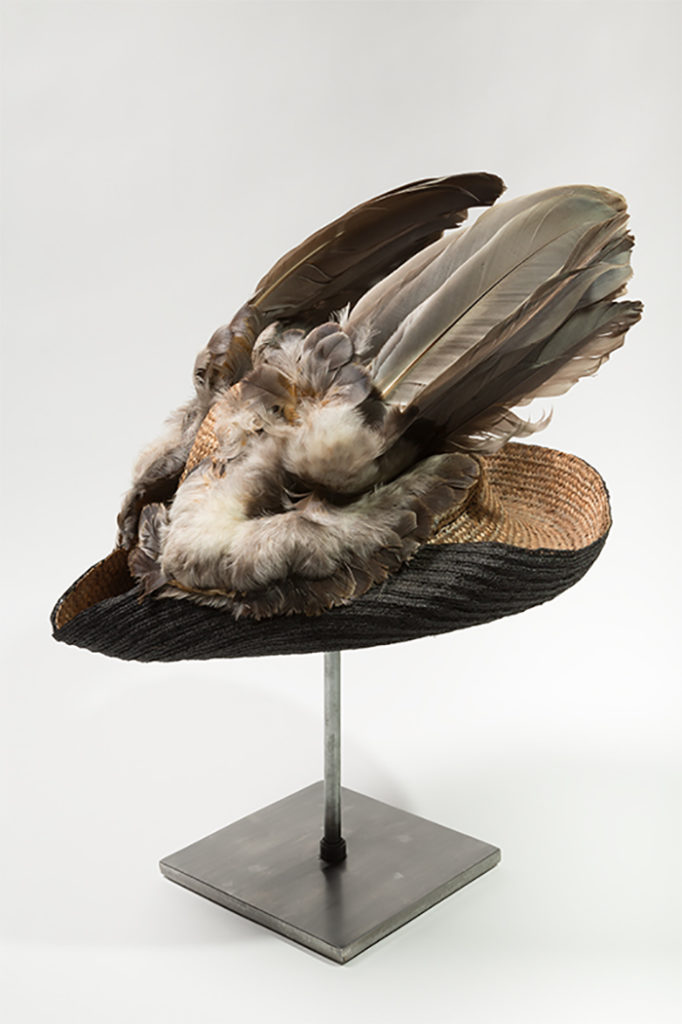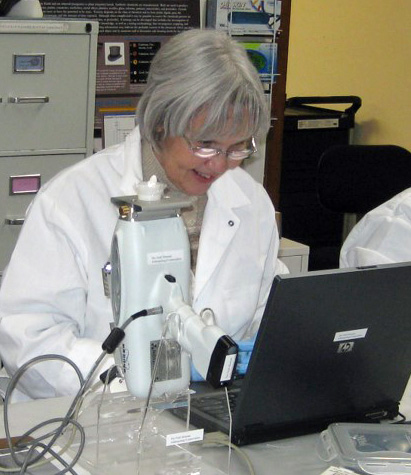More
Purpose/Impact
Material Evidence represents MFIT’s first formal survey of collection toxicity. As the museum is in its 50th anniversary year, Material Evidence is an important step forward in realizing the strategic plan, by improving safe, well-informed public access to collection materials, and improving MFIT protocols to address potential collection hazards.
The MFIT permanent collection encompasses 50,000 garments and accessories from the 18th century to the present, from historical attire to the work of important, modern designers. The collecting policy of the museum focuses on aesthetically and historically significant clothing and accessories from the U.S., Europe, Japan (contemporary designs), and other fashion centers, with emphasis on contemporary, avant-garde fashion. Because of the size and breadth of the collection, a significant number of garments are from periods in history when high-quality materials were manufactured with dangerous toxins. This project will be used to create advanced protocols for handling, storing, and displaying such items. The goal is to increase public safety while preserving the items’ physical appearance.


Outcomes/Accomplishments
The museum proposes to identify and test 160 high-risk collection objects, to determine if they are contaminated with heavy metals. Objects will be selected based on the likelihood of toxic exposure, available research on the types of toxins used in their manufacture, and their date of creation. If not during the manufacturing stage, toxins would have been introduced later as a means of protecting objects from infestation and ruin by pests that feed on organic materials. Non-destructive testing will be conducted by a contracted specialist conservator who will use state-of-the-art, portable XRF (x-ray fluorescence) equipment.
Status Update
Following testing, a detailed report on the condition of the tested objects will be interpreted, and information will be integrated into collection records. The report will guide the identification of other potentially problematic collection objects, as well as the development of improved MFIT policies and protocols. The work will improve understanding of the relative risks of access to collection objects and the toxicity levels within the collection as a whole. Findings and best practices will be taught to MFIT staff, as well as faculty and students enrolled in conservation and collection-focused programs. External audiences will be addressed through professional publications, conference presentations, and a Material Evidence Symposium to be held at FIT in October 2021.




